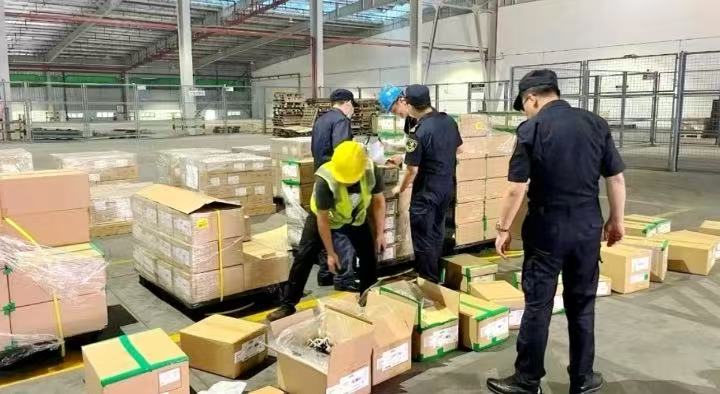Happening Now
Exporters at Shenzhen Yantian Port were facing growing challenges as inspection rates for full container loads (FCL) surged. For less than container load (LCL) shipments, the situation was even tougher. Some cargo has been detained for over a month due to inspection requirements. These delays add major time and cost pressures, especially for businesses moving time-sensitive goods.
The challenge lies in the traditional LCL model. Since multiple shippers share space in one container, a single non-compliant shipment can trigger inspection and delay everyone. When this happens, the container must be deconsolidated, resulting in unpacking fees, detention charges, and the risk of missing scheduled sailings. Even compliant cargo can be held back by one problematic shipment.
Introducing the New Model
To address these challenges, Nansha Port has rolled out a new pre-shipment inspection model. The process is straightforward: goods enter the warehouse in bulk, undergo inspection before consolidation in a full container, and are then cleared for departure. Each shipment is independently inspected in a dedicated warehouse after the customs declaration. Only approved cargo is consolidated and loaded into containers for export.
Key features include:
- Bulk In, Container Out: Individual shipments are consolidated only after clearing customs, reducing the risk of delays.
- Pre-Shipment Inspection: Inspections happen before loading onto the container, avoiding container relocation due to inspection for the traditional method.
- Information-Based Management: An intelligent system tracks cargo status in real time, from entry to release, ensuring transparency.
- Professional Zoning: Dedicated areas for inspection, release, and detention prevent compliant goods from being delayed.

Visible Improvements
Since adopting this model, Dimerco’s data shows that all customers’ LCL shipments moving through Nansha Port have cleared customs smoothly without detentions or missed sailings. This marks a significant improvement over the traditional model.
| Model | Nansha’s Pre-Shipment Inspection Model | Traditional Inspection Model |
|---|---|---|
| Core Process | Warehouse inspection, release, container loading, and then full container loaded to the port. No secondary inspection. | Goods collection, container loading, return full container to port, then secondary customs declaration and inspection for the entire container. |
| Inspection Timing | Individual shipment inspection before container loading. | Inspection is done after the consolidation of cargo. |
| Risk Bearing | Individual shipments are handled independently, without affecting others. | Risk is shared. Inspection of one shipment can delay the entire container. |
| Cost Control | No unpacking fees or detention charges. Avoids claims for missed shipments and high container yard costs. | Unpacking fees and detention charges are likely. Higher risk of missed shipments. |
| Inspection Timeliness and Loading | Customs inspections usually same-day or next-day at the warehouse. Goods loaded in order, reducing cargo damage risk. | Full containers must be relocated and queued for inspection, causing unpredictable delays. Unordered loading increases cargo damage risk. |
Planning Ahead
For LCL shippers, choosing the right gateway is critical to avoiding costly delays. Nansha’s pre-shipment inspection model provides a reliable option, especially for time-sensitive goods.
Dimerco has already helped several exporters transition from the traditional model to this new system, guiding them step by step. Looking to ship from Nansha to the world? Reach out to our team today.